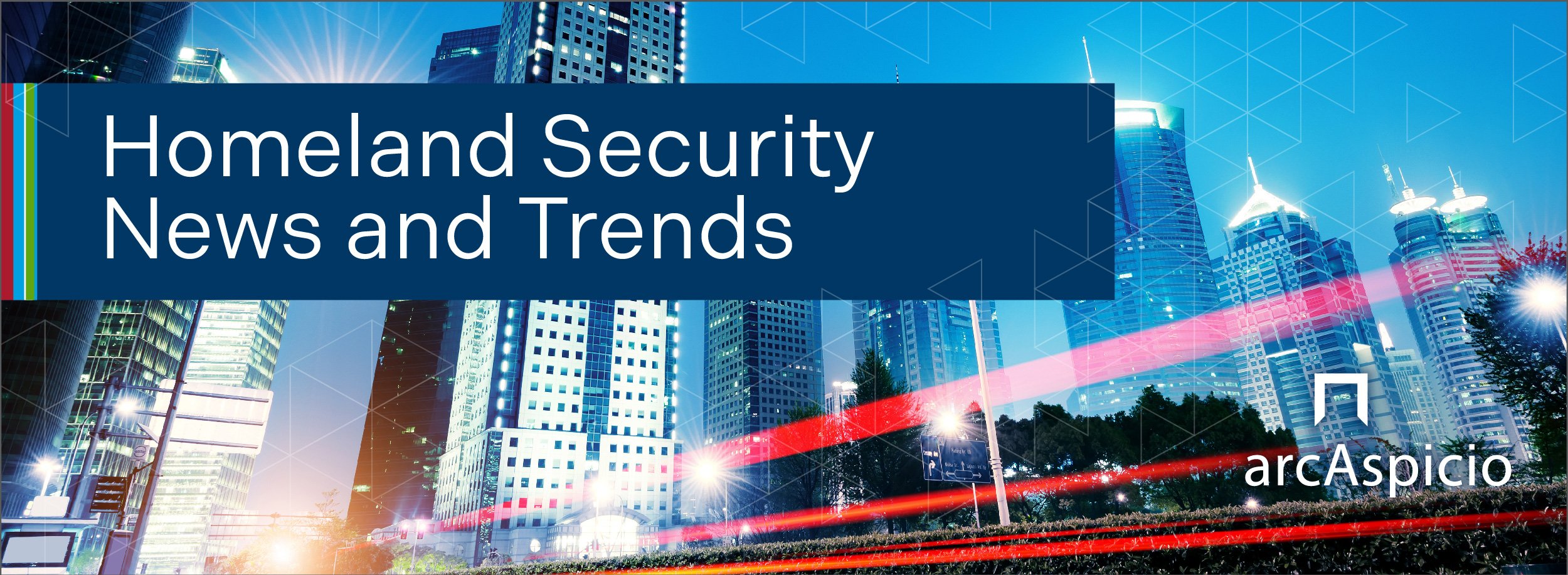
Diversity and Problem-Solving
Organizations face unique problem-solving challenges that require a new mindset of how to frame questions and look at solutions, all while inspiring diversity in thought. The world is more digital and complex than ever before, which opens opportunities for diverse teams to solve problems quickly and iteratively while accelerating change in this new hybrid environment.
Developing people in a primarily remote environment or driving change and focusing on collaboration within a large Government organization where people work nationwide are just two examples of challenges that arise in this new hybrid environment. While there is no perfect solution, promoting diversity in project teams and building inclusion into their processes can help agencies think about their customer and engage their stakeholders.
A structured, repeatable yet iterative approach to problem-solving enhances mission outcomes while promoting diversity. Part of this approach involves breaking the problem into component parts and identifying resources to provoke diverse thoughts, recommendations, and solutions – from a wide variety of people – not just the experts.
Real problem-solving involves some key ingredients for success:
A Clear, Well Written Definition of the Problem – Understanding the context and scope of the issue by examining the current environment to develop a problem statement so that everyone (especially those who benefit from fixing the problem) can understand it. This is harder than it sounds!
A Formal Way to Comprehensively Decompose and Analyze a Problem – Breaking the problem down into smaller pieces for a clearer understanding of the issue creates a more manageable problem set and verifies each specific issue or area to evaluate. Options include value chain analysis or issue tree exercises, allowing visibility into the full range of options and the types of resources needed to incorporate diverse perspectives to foster collaboration
Persistent Information Gathering – Structuring research, gathering facts, using interviews and surveys, and identifying resources to speak with promotes adequate problem-solving. The culmination of these techniques may propel a new way of thinking of or approaching the original problem, while sparking innovation. Share the facts, do the analysis, and get second opinions using online collaboration platforms (e.g., Miro)
Iteratively Develop and Evolve Solution Ideas – Analyzing information while engaging diverse stakeholders promotes buy-in and encourages diverse thinking to develop the best solutions to problems. Clearly defining what the future looks like from multiple lenses helps manage high value sprints to address specific problems and promotes innovative and integrated solutions
Communicate Insights – Go beyond communicating the solution and reporting on early wins and incremental results as your organization implements them. Share how you did the problem-solving, gather and apply lessons learned to apply to the next hard challenge
Iteration and diversity in problem-solving – for both analysis and idea generation – brings new ideas and often identifies innovative solutions to problems. Establishing the norm of diversity through participation in each step – both the project team who is solving the problem and the customers and stakeholders who benefit from the result – opens endless possibilities in this hybrid world.





















